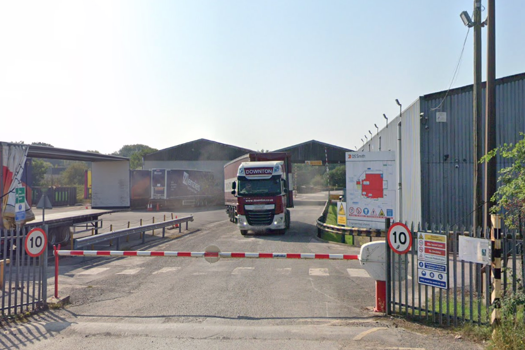Densy. Cora. Remember them? They were typesetting languages back in the days before desktop publishing changed pre-press forever. I was a Densy girl and it used to go a bit like this, if the old grey matter serves me correctly: <m24/6><f8><h/10><i/6> etc. Back then, we were working in picas and points, but the gist of Densy was not a million miles away from HTML (hypertext mark-up language).Last month's cover feature on the opportunities for printers in cross-media applications sparked this memory - the first time I saw HTML, I remember exclaiming "but that's typesetting!" to the bloke with the expensive trainers and silly hair who was demonstrating it really, really slowly with the keyboard dexterity of a three-toed sloth on Mogadon. But it was HTML and, therefore, something mysterious that only trendy 20-somethings could understand. Unfortunately, said 20-somethings also didn't understand deadlines, nor the fact that if a client explains that something is mission-critical, that doesn't make it optional. At the time I thought it was a shame that the curve plotting the rapid decline of traditional typesetting as we knew it hadn't crossed over a bit more fortuitously with the upward trajectory of website developers being required on a grand scale. It would have been an ideal re-skilling opportunity where fast, accurate people with fantastic attention to detail and a feel for type and layout would have been a real asset.In that case, the opportunities didn't coincide, but there's no excuse this time around and print service providers that ignore the cross-media opportunity - just like those typesetters who dismissed DTP and refused to accept that times were changing - are in danger of meeting a similar fate.Printers understand when and why a job is mission-critical, and are already expert at dealing with lots and lots of complex data - perhaps more so than they realise because it has become an everyday part of the industry. But it really is a fundamental strength, and they should capitalise on this ability to handle multi-faceted projects. Yes, there will be new hurdles to overcome and new standards to be met. The unfortunate incident last year when a laptop containing the personal details of 26,000 M&S employees was stolen from one of the retailer's print suppliers starkly illustrates the potential perils of not having the right systems and processes in place when moving into a new area such as personalised data handling. But in a world where printers all too often bemoan the fact that they are pushed further and further down the food chain, there are surely more upsides than downsides in embracing an expansion of services beyond print that can enhance the core business and help it to grow.My concern is that if print service providers aren't quick enough off the mark when it comes to adding complement-ary cross-media services they will lose out, and some trainer-wearing type with trendy hair will step in instead. More than ever, print firms need to be on the front foot, and be ready to say yes to these new opportunities that will help them avoid the fate that befell those typesetters of old.
Last month’s cover feature on the opportunities for printers in cross-media applications sparked this memory – the first time I saw HTML, I remember exclaiming but that’s typesetting! to the bloke with the expensive trainers and silly hair who was demonstrating it really, really slowly with the keyboard dexterity of a three-toed sloth on Mogadon. But it was HTML and, therefore, something mysterious that only trendy 20-somethings could understand.
Unfortunately, said 20-somethings also didn’t understand deadlines, nor the fact that if a client explains that something is mission-critical, that doesn’t make it optional. At the time I thought it was a shame that the curve plotting the rapid decline of traditional typesetting as we knew it hadn’t crossed over a bit more fortuitously with the upward trajectory of website developers being required on a grand scale. It would have been an ideal re-skilling opportunity where fast, accurate people with fantastic attention to detail and a feel for type and layout would have been a real asset.
In that case, the opportunities didn’t coincide, but there’s no excuse this time around and print service providers that ignore the cross-media opportunity – just like those typesetters who dismissed DTP and refused to accept that times were changing – are in danger of meeting a similar fate.
Printers understand when and why a job is mission-critical, and are already expert at dealing with lots and lots of complex data – perhaps more so than they realise because it has become an everyday part of the industry. But it really is a fundamental strength, and they should capitalise on this ability to handle multi-faceted projects. Yes, there will be new hurdles to overcome and new standards to be met. The unfortunate incident last year when a laptop containing the personal details of 26,000 M&S employees was stolen from one of the retailer’s print suppliers starkly illustrates the potential perils of not having the right systems and processes in place when moving into a new area such as personalised data handling. But in a world where printers all too often bemoan the fact that they are pushed further and further down the food chain, there are surely more upsides than downsides in embracing an expansion of services beyond print that can enhance the core business and help it to grow.
My concern is that if print service providers aren’t quick enough off the mark when it comes to adding complementary cross-media services they will lose out, and some trainer-wearing type with trendy hair will step in instead. More than ever, print firms need to be on the front foot, and be ready to say yes to these new opportunities that will help them avoid the fate that befell those typesetters of old.








